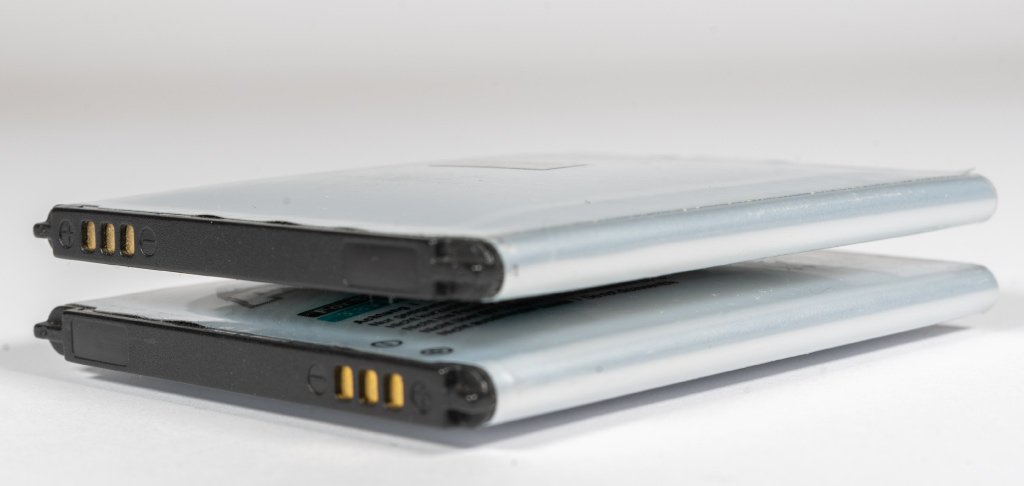
Secondary batteries or rechargeable batteries are used in devices such as phones, UPS, cameras and cars. Here we discuss some common types of rechargeable batteries.
Lead Acid – Lead-acid batteries are commonly found in UPS (Uninterruptable Power Supply), Cars (Starter Battery), wheelchairs, and golf cars. They have been in use since the late 1800s. Lead acid batteries are rugged and do not pose much of a safety concern like Lithium-ion batteries when treated improperly. However, they have low specific energy and limited *cycle count. These batteries contain lead and sulfuric acid, both of which are harmful to the citizens as well as the environment.
Nickel-Cadmium – These batteries are usually employed in power tools, aviation, medical devices and UPS models. These batteries have been there since 1950. They have a long service life, high discharge current and can be used where work involves extreme temperatures. It is the only battery chemistry that can support ultra-fast charging while putting minimal stress on the battery pack. As cadmium is extremely harmful to the environment, this chemistry is being swapped with other chemistry. However, it is still being used in aviation because of its good safety record.
Nickel-Metal-Hydride – These batteries are normally used in hybrid cars, medical instruments and industrial applications. These have been around since 1990 and were an up-gradation to the Nickel-cadmium batteries. They have lesser toxic elements in them and have higher specific energy. They are also available in AA and AAA cell formats for consumer products (Audio players, cameras etc.)
Lithium-Ion – These batteries are the most prevalent and are generally used in phones, laptops and electric cars. With high specific energy, high nominal cell voltage, high cycle count and low toxicity, these batteries are slowly replacing the other chemistry. However, this battery requires a mandatory protection circuit as it poses serious safety concerns. These batteries cannot be operated in extreme heat and cannot be safely mistreated. They are expensive as compared to other batteries but the price is coming down considerably with time.
*A charge cycle happens when one uses all of the battery power. But it does not mean a single charge. If you use 50% of the battery today and charge it, then do the same tomorrow, that would be counted as one charge cycle in total.


Leave A Comment